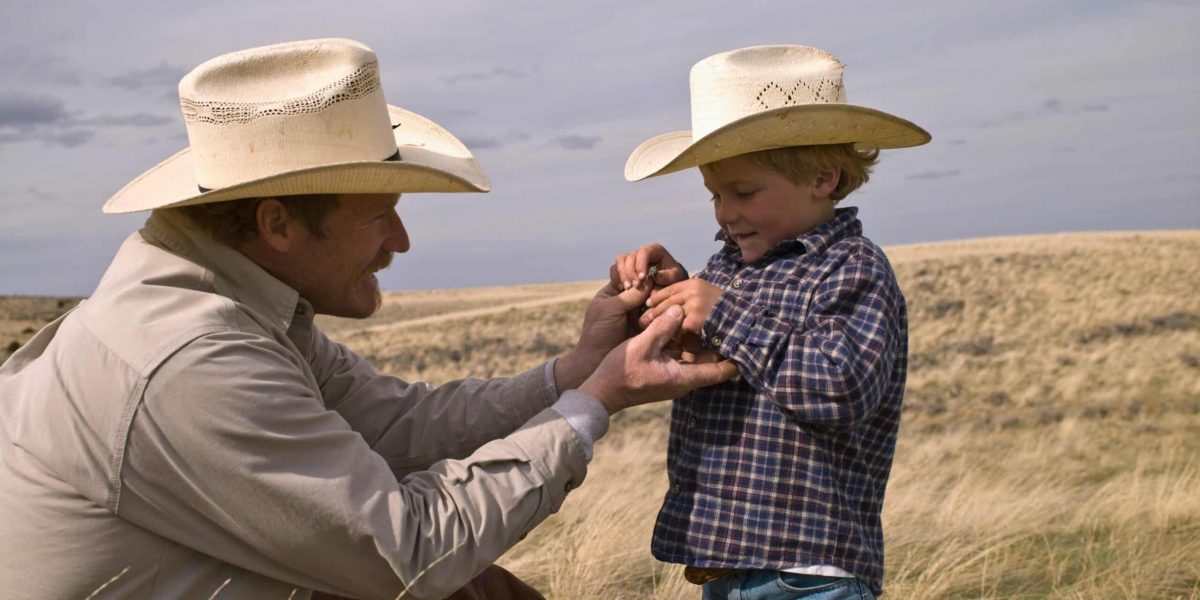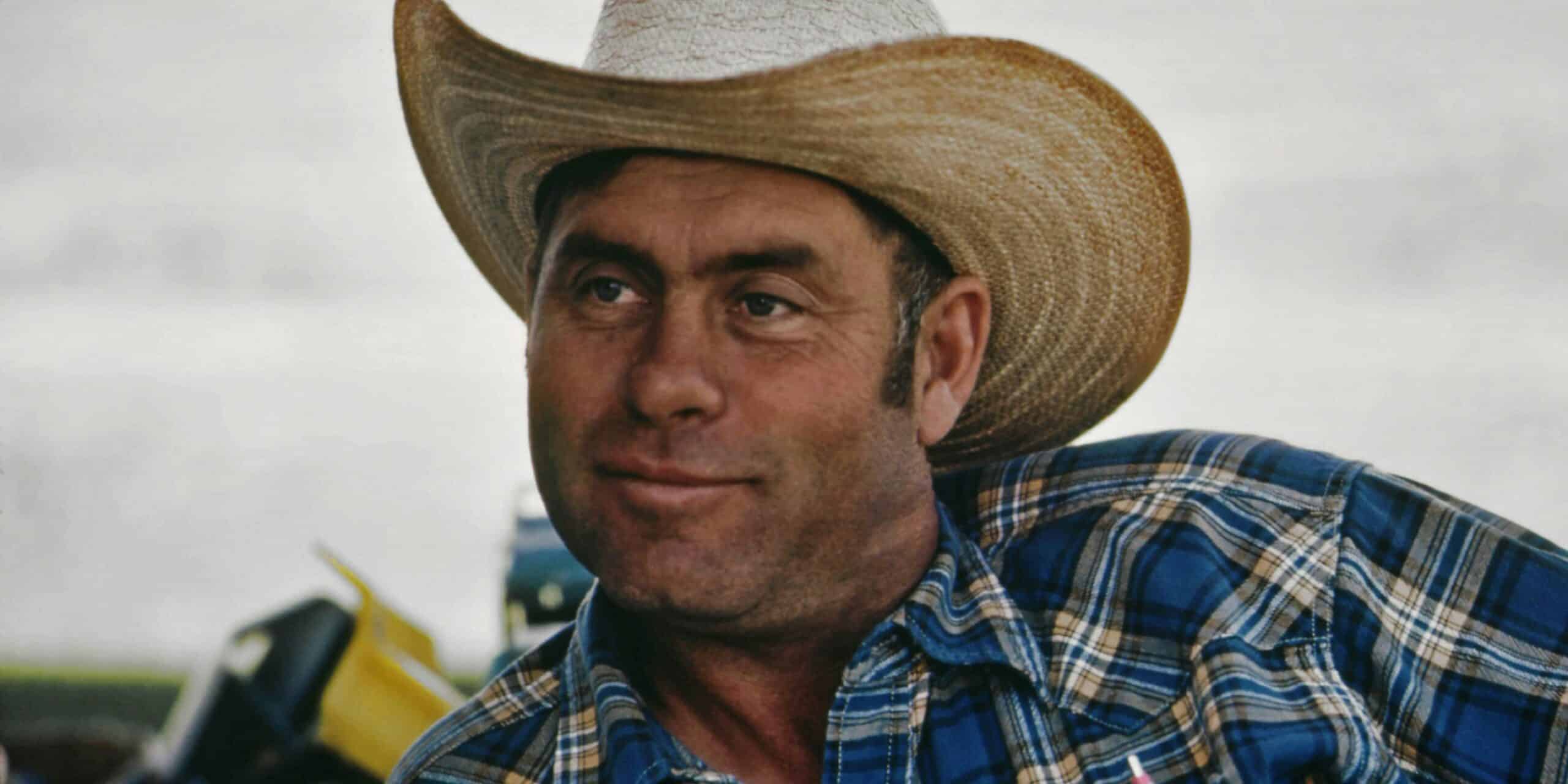What Was the Role of Cattle Drives in Shaping Texas?
In the years following the Civil War, Texas was home to millions of free-ranging cattle. Cowboys, often former Confederate soldiers or men seeking a new life on the frontier, began rounding up these cattle and driving them north to railroad towns like Abilene, Kansas. This became known as the great cattle drive era. The Chisholm Trail, one of the most famous routes, stretched from southern Texas through Oklahoma to Kansas. It became a lifeline for Texas ranchers, allowing them to sell their cattle to markets in the East, where demand for beef was high.
Cattle drives were no easy feat. Cowboys faced numerous challenges along the way, from harsh weather conditions to the threat of cattle rustlers. Crossing rivers, avoiding stampedes, and dealing with the vast open plains required skill and bravery. Yet, for many, the rewards were worth the risks. Cowboys who successfully completed the months-long journey could earn significant pay, and for ranchers, the drives were a way to establish wealth and reputation. The success of these cattle drives helped cement Texas as the epicenter of the cattle industry, contributing significantly to its post-war economy.
As more cattle drives took place, towns along these routes grew, providing services to the cowboys and ranchers. Some of these towns became infamous for their lawlessness, adding to the romantic and dangerous image of the Wild West. Yet, for all the challenges, the cattle drive era symbolized freedom and opportunity, capturing the imagination of many and creating the lasting image of the cowboy as an American hero.
How Did the Chisholm Trail Influence Texas Ranching?
The Chisholm Trail, named after trader Jesse Chisholm, was one of the key routes during the cattle drive era. It connected Texas ranchers to major railheads, enabling them to transport cattle to markets across the country. By 1867, the trail had become the most popular route, with hundreds of thousands of cattle driven along it each year. As railroads expanded, the cattle trade boomed, and Texas ranchers found themselves at the center of a lucrative industry.
The trail wasn’t just a practical route—it also shaped the culture of the region. The sights, sounds, and stories of the Chisholm Trail became part of Texas folklore. Cowboys who rode the trail were seen as tough, independent, and resourceful. Songs, legends, and stories about the Chisholm Trail spread, further romanticizing the cowboy lifestyle. The trail also brought together diverse groups of people, including African American, Mexican, and Native American cowboys, whose contributions have often been overlooked in popular accounts of the era.
The Chisholm Trail also helped establish Texas as a major center for ranching. The wide-open plains of the state were perfect for cattle to graze, and ranchers began building vast empires. Some of the most famous ranches, like the King Ranch, emerged during this time, covering hundreds of thousands of acres. These ranching empires became central to Texas’s economy and culture, as families who owned large ranches wielded significant power and influence.
What Ended the Cowboy Era?
By the mid-1880s, the cowboy era was beginning to fade. Several factors contributed to the decline of cattle drives and the cowboy way of life. One of the most significant reasons was the expansion of railroads. As more railroads were built throughout Texas, there was less need to drive cattle long distances to Kansas. Ranchers could now load their cattle directly onto trains, making the dangerous and lengthy cattle drives obsolete.
Additionally, barbed wire fences began to change the landscape of Texas. Once known for its wide-open spaces, the state became increasingly fenced off as ranchers sought to protect their land and cattle. The invention of barbed wire allowed for the creation of enclosed ranches, which made it difficult, if not impossible, to conduct large-scale cattle drives. Cowboys who had once roamed the plains freely now found themselves working on fenced ranches, performing tasks like tending to the herds, mending fences, and branding cattle. While the cowboy’s job became more stable, the sense of adventure and independence that characterized the early cattle drives began to fade.
The changing economic landscape also played a role. Overgrazing, combined with severe winters and droughts in the mid-1880s, led to a decline in the cattle industry. Many ranchers went bankrupt, and the once-profitable cattle drives dwindled. By 1886, the era of the great cattle drives had largely come to an end, though the legacy of the cowboy lived on.
The cowboy era, spanning from 1866 to 1886, left an indelible mark on Texas. From the cattle drives that pushed millions of cattle across the state to the development of vast ranching empires, this period helped shape Texas’s economy, culture, and identity. The Chisholm Trail, in particular, became a symbol of the cowboy’s hard work, resilience, and independence. Though the era eventually came to a close with the expansion of railroads and the rise of enclosed ranches, the cowboy’s legacy remains a central part of Texas folklore and American history. Today, the stories of these cattle drives and ranching empires continue to captivate, reminding us of a time when the open plains of Texas were at the heart of the Wild West.





